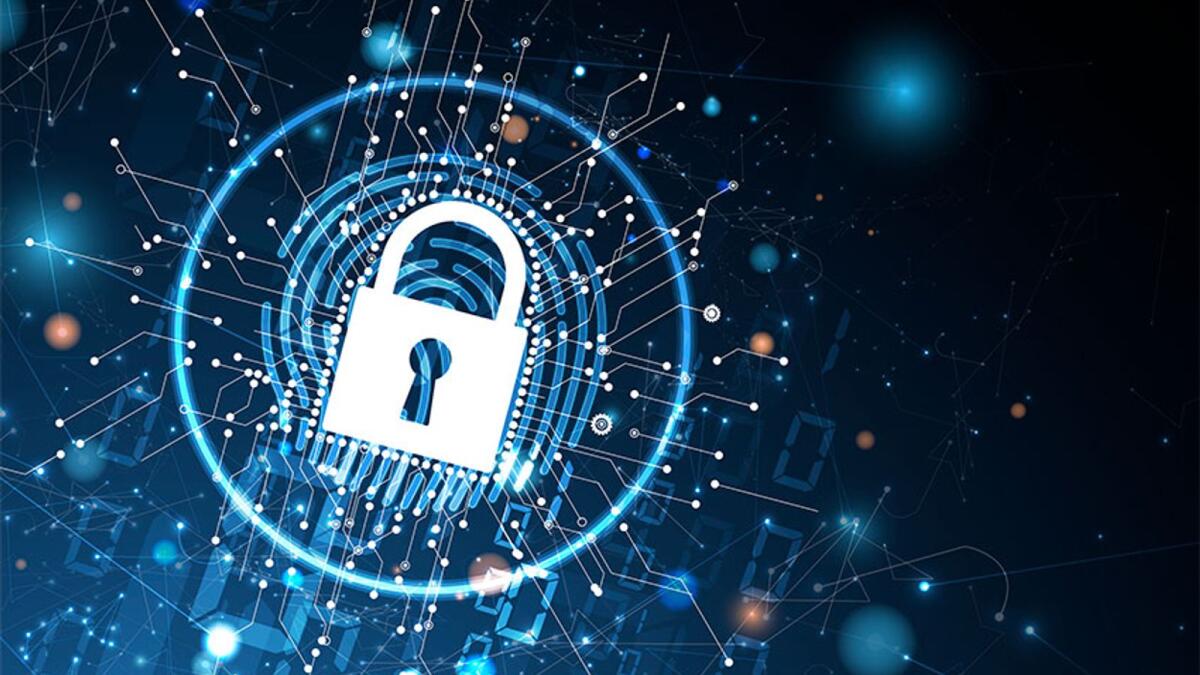As the school year begins, parents and students are often preoccupied with the excitement of new beginnings, overlooking the potential risks to their data security. Back-to-school season has become a prime target for cybercriminals as classrooms increasingly rely on digital tools, introducing significant security challenges for schools, students, and parents. Cybercriminals take advantage of the chaos of school preparations to launch phishing attacks disguised as legitimate communications, infecting devices with malware disguised as educational resources.
The shift towards digital learning, accelerated by the pandemic, has exposed schools and educational institutions to new vulnerabilities. Weak cybersecurity defenses put schools at risk of cyberattacks, with students inadvertently bringing malware into their homes through unsecured school Wi-Fi networks. Parents face challenges in monitoring their children’s online activities and the digital tools they use, increasing the risk of data breaches through the sharing of personal information on educational platforms.
The use of unsecured public Wi-Fi networks adds to the vulnerabilities faced by students and parents connecting to school platforms outside of school premises. Children’s high level of online connectivity makes them susceptible to cyber threats, with personal devices used for educational purposes potentially exposing school networks to increased risk if not properly secured. Ransomware creators target children’s personal information, including sensitive medical data, posing severe consequences if released publicly.
Amidst the social interactions and educational activities, students’ impulsive behavior and limited internet safety knowledge create opportunities for cybercriminals to exploit personal details and download malicious apps. Innocent online searches can also lead to malware-infected sites, highlighting the need for comprehensive security measures to mitigate cyber threats. Practical steps recommended to safeguard families include monitoring online activities, using a VPN, establishing separate networks, educating children on cybersecurity best practices, and installing parental control software.
Strong passwords, two-factor authentication, and cautious use of public Wi-Fi are essential in protecting personal data from cybercriminals. Implementing data backup and recovery measures, employing robust anti-malware tools, and staying vigilant throughout the school year are crucial for maintaining data security. As technology continues to play a central role in education, ensuring the safety of data both inside and outside the classroom is paramount for parents and students alike.











